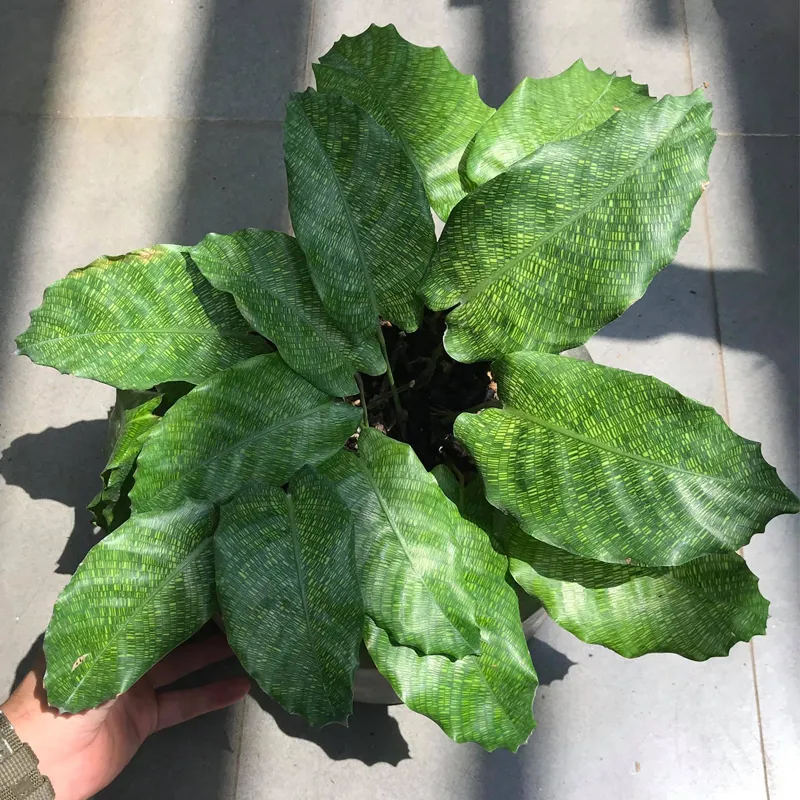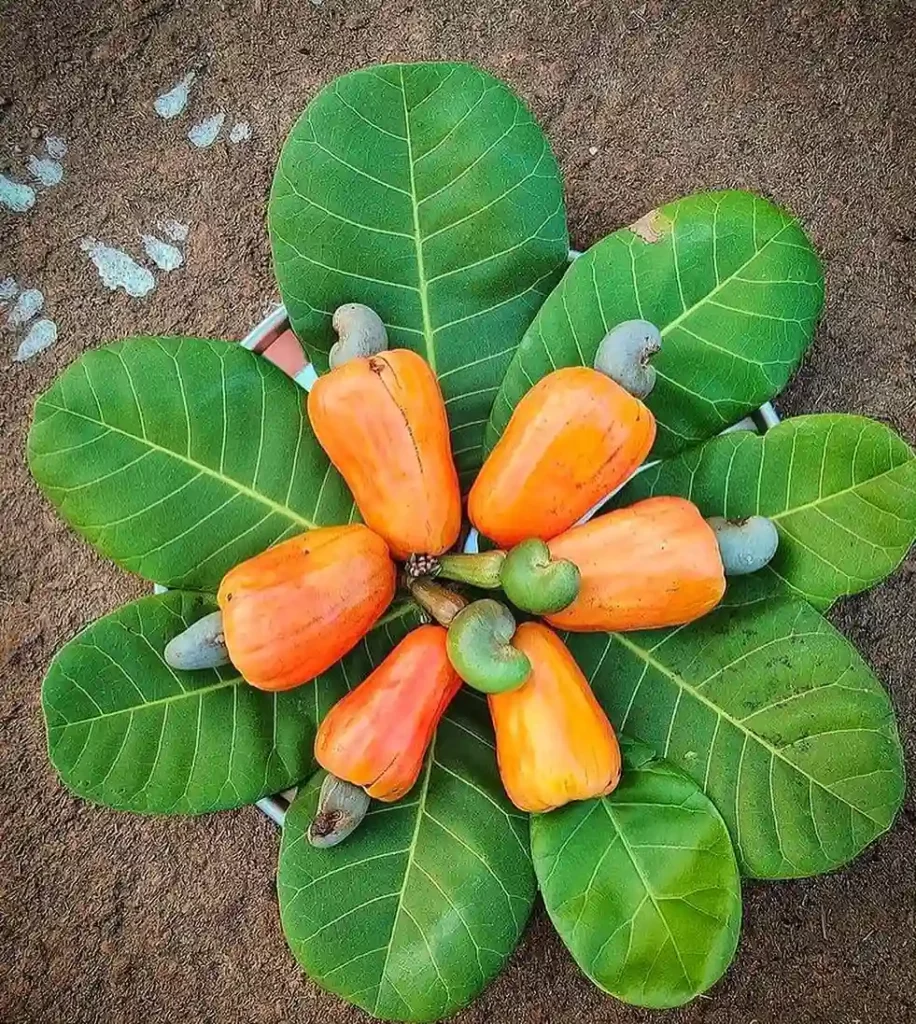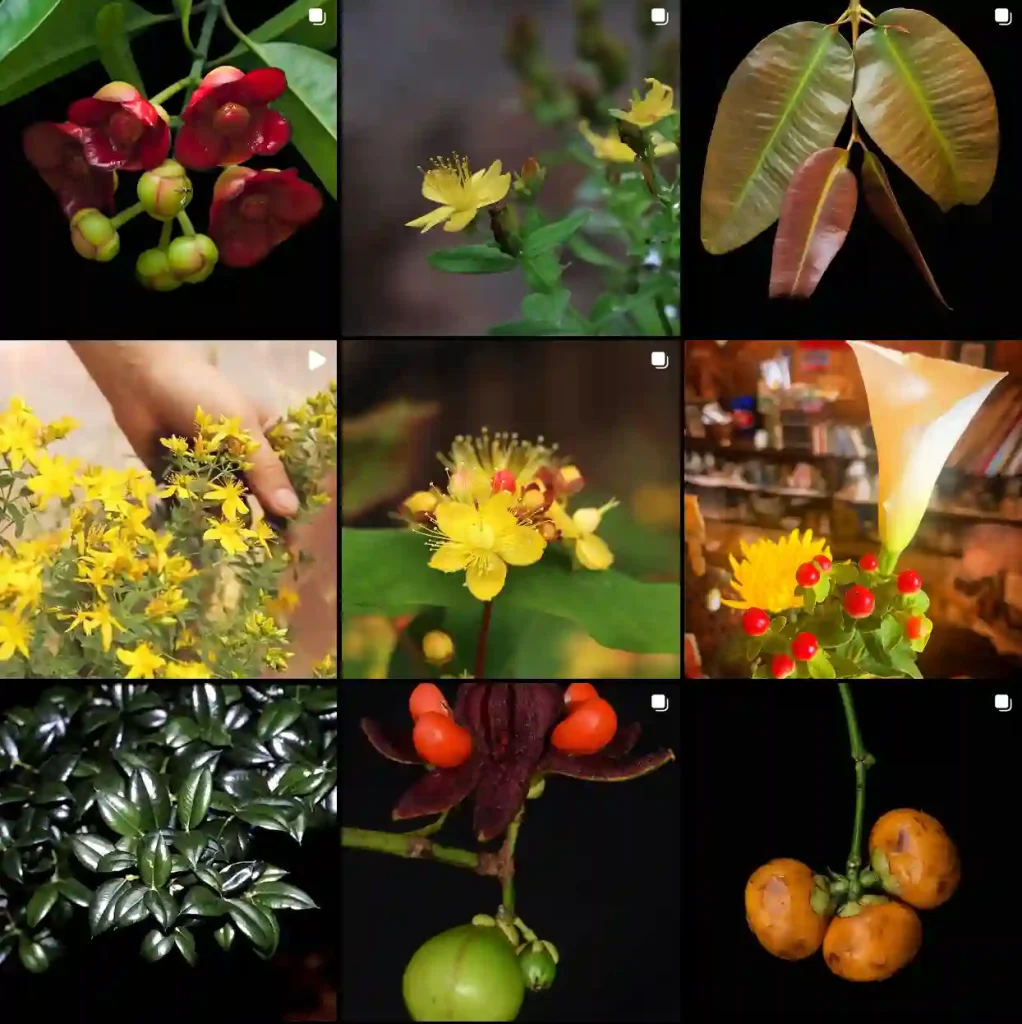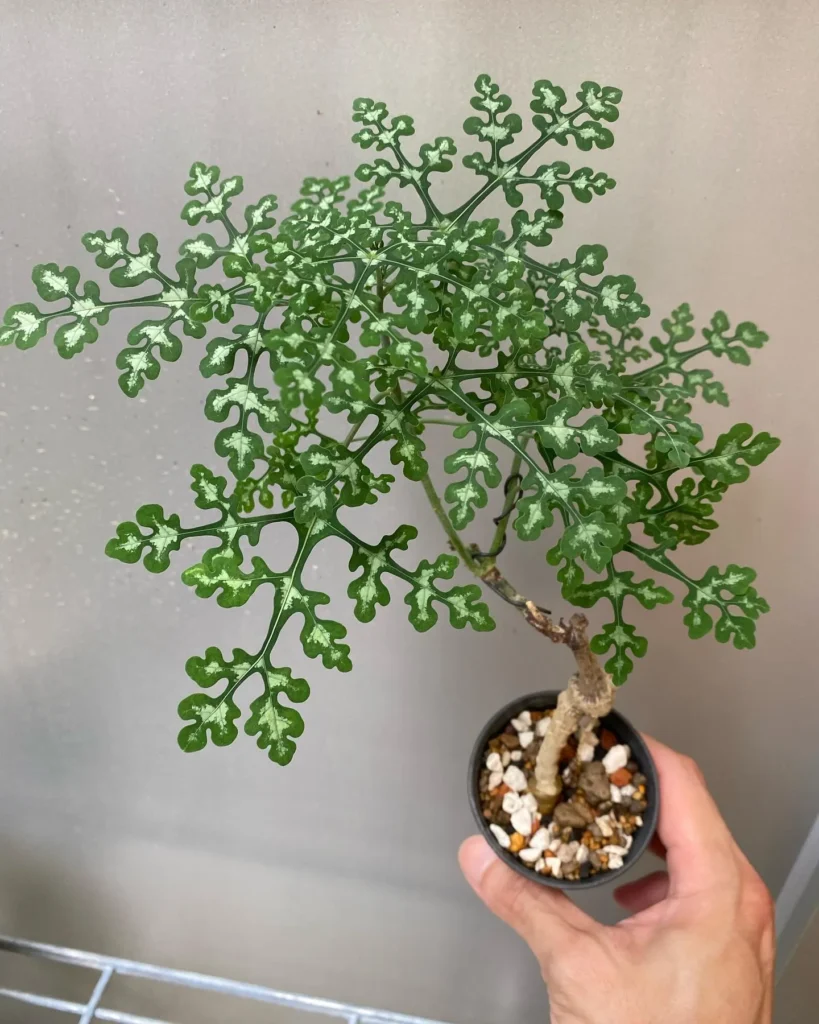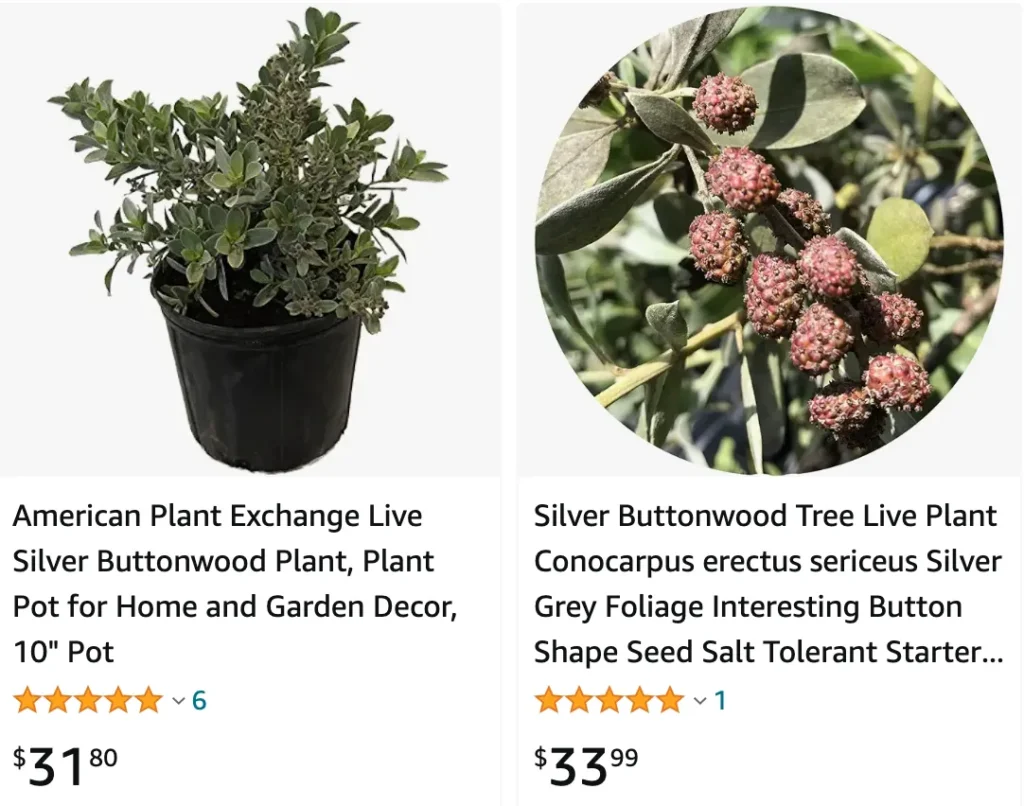
Frequently Asked Questions About Conocarpus erectus: A Q&A with Ferb Vu
Hi everyone, Ferb Vu here! I’m a plant enthusiast with a particular fondness for the Conocarpus erectus, also known as the buttonwood or sea myrtle. Today, I’m answering some of the most common questions I get about this fascinating coastal tree.
2 Species in Genus Conocarpus
What is Conocarpus erectus?
Conocarpus erectus is a broadleaf evergreen tree native to tropical and subtropical regions of the Americas, including Florida, the Caribbean, and parts of South America. It’s known for its glossy green leaves, clusters of small white flowers, and distinctive button-shaped fruits.
Key characteristics:
- Size: Grows up to 60 feet tall with a sprawling canopy.
- Leaves: Glossy green, oval-shaped, and about 2-3 inches long.
- Flowers: Small, white, and clustered in inconspicuous spikes.
- Fruits: Button-shaped, greenish-brown, and about 1 inch in diameter.
- Salt tolerance: Highly tolerant of salt spray and wind, making it ideal for coastal landscapes.
How does Conocarpus erectus compare to other landscape trees?
Comparison with Live Oak (Quercus virginiana):
- Similarities: Both are evergreen trees with dense foliage, providing good shade.
- Differences: Live oak grows larger and has a more rounded crown, while Conocarpus erectus has a more irregular branching pattern. Live oak prefers well-drained soil, while Conocarpus erectus tolerates some wetness.
Comparison with Mangrove (Rhizophora mangle):
- Similarities: Both thrive in coastal environments with high salinity.
- Differences: Mangroves are salt-tolerant shrubs or small trees adapted to intertidal zones, while Conocarpus erectus is a larger tree suitable for drier coastal landscapes. Mangroves have intricate root systems for filtering saltwater, while Conocarpus erectus has a more conventional root structure.
Comparison with Coconut Palm (Cocos nucifera):
- Similarities: Both are iconic coastal plants with a tropical feel.
- Differences: Coconut palm is a single-trunked palm tree with a single growing point, while Conocarpus erectus is a multi-trunked broadleaf tree with multiple branches. Coconut palms prefer sandy soil and require more water, while Conocarpus erectus tolerates a wider range of soil conditions.
Is Conocarpus erectus easy to care for?
Absolutely! Conocarpus erectus is a low-maintenance tree that thrives in neglect once established. Here’s a quick rundown:
- Light: Full sun for best growth.
- Water: Needs regular watering during the first year, then becomes drought tolerant.
- Soil: Adapts to a wide range of soil types, including sandy and well-drained soils.
- Fertilizer: Not necessary for established trees.
- Pruning: Can be pruned to shape the canopy or control size.
Can I grow Conocarpus erectus in my climate?
Conocarpus erectus prefers warm climates with mild winters. It thrives in USDA hardiness zones 9b to 11. If you live in a colder region, you can try growing it in a container and bringing it indoors during winter.
Here are some resources to check your USDA hardiness zone:
Where can I buy Conocarpus erectus?
Conocarpus erectus is a popular landscape tree and is readily available at many nurseries and online plant retailers.
Does Conocarpus erectus have any pests or diseases?
Conocarpus erectus is generally pest and disease resistant. However, it can be susceptible to scale insects and fungal diseases under stressful conditions.
Uses and Benefits of Conocarpus erectus
- Landscape appeal: Conocarpus erectus adds a touch of the tropics to any coastal landscape. Its glossy foliage creates a backdrop for flowering plants, while its spreading canopy provides welcome shade.
- Windbreak: The dense foliage and strong root system make Conocarpus erectus an excellent choice for a windbreak, protecting gardens and properties from coastal winds.
- Wildlife habitat: The buttonwood provides food and shelter for various birds and insects. Its fruits attract frugivorous birds, while its dense foliage offers nesting spots for smaller birds.
- Soil stabilization: The extensive root system of Conocarpus erectus helps to stabilize coastal soils, preventing erosion from wind and waves.
- Wood: The wood of Conocarpus erectus is considered moderately hard and can be used for firewood, fence posts, or even furniture making, although working with it can be challenging.
Interesting Facts About Conocarpus erectus
- Coastal resilience: Conocarpus erectus is one of the few trees that can thrive in harsh coastal environments with high salinity, wind, and occasional flooding.
- Folklore and mythology: In some cultures, Conocarpus erectus is associated with strength and resilience due to its ability to withstand harsh conditions.
- A changing landscape: Conocarpus erectus is becoming increasingly popular as a landscape tree due to its low maintenance needs and tolerance for coastal conditions. This trend may have a positive impact on coastal resilience efforts.
Additional Considerations When Planting Conocarpus erectus
- Root system: Be aware that Conocarpus erectus has a wide-spreading root system. Plant it at least 15 feet away from structures to avoid foundation damage.
- Salt spray: While Conocarpus erectus tolerates salt spray, excessive exposure can damage the leaves. Consider planting it further inland if heavy salt spray is a concern.
- Growth habit: Conocarpus erectus can develop a sprawling canopy. Prune regularly to maintain the desired shape and size.
By understanding these aspects of Conocarpus erectus, you can make informed decisions about planting and caring for this remarkable coastal tree.
If i die, water my plants!

